4 Key Points to Know What are Rubber Fenders
Rubber fenders are important in the marine industry for the safety and protection of boats and employees, as well as in other industrial and commercial uses. They are used to protect vessels and structures against berthing and mooring impacts.
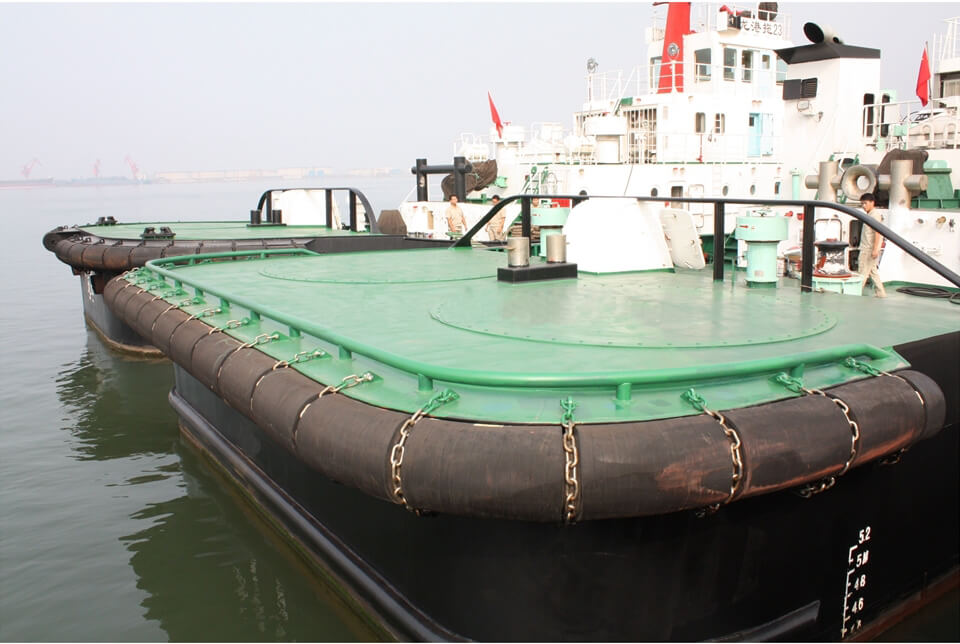
Why Rubber Fenders Are Important In The Marine Industry
Vessel Protection
Rubber fenders serve as a protective barrier between a vessel and a hard surface, such as a pier or another vessel. This helps to keep both the vessel and the surface in good condition.
Personnel Safety
Rubber fenders provide a cushioning effect that aids in the protection of employees in the case of an accident or impact.
Durability
Rubber fenders are extremely robust and resistant to harsh marine environments, making them an excellent choice for vessel protection.
Cost-effective
Marine rubber fenders are a low-cost option for vessel protection since they require less maintenance and are less prone to damage than other types of fenders.
Versatility
Rubber fenders are available in a number of shapes and sizes, allowing them to be used in a wide range of applications and situations.
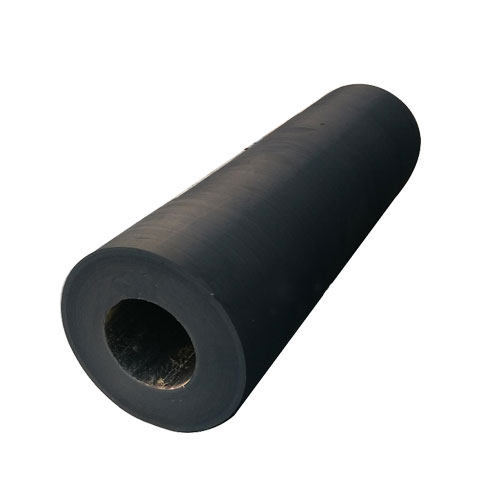
What Are Commonly Used Types Of Rubber Fenders
Each type of rubber fender has its own advantages and is applied in various applications.
Solid Rubber Fenders
Because of its durability, robustness, and resistance to wear and tear, solid rubber fenders are commonly utilised. They are appropriate for a wide range of nautical applications, including berthing and mooring.
Pneumatic Rubber Fenders
Pneumatic rubber fenders are widely utilized in the offshore industry because they can absorb a large amount of energy and are extremely effective at protecting vessels and offshore buildings from accidents.
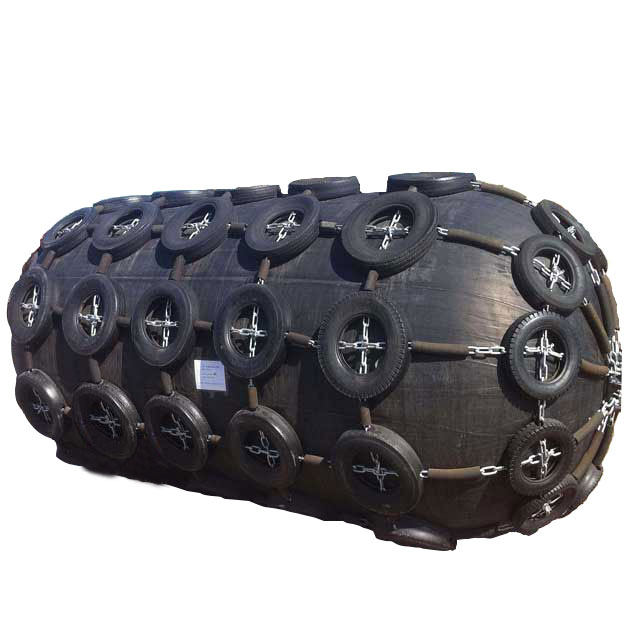
Cone Rubber Fenders
Cone rubber fenders are frequently employed in high-energy applications such as offshore platform protection or as a buffer for a ship’s bow.
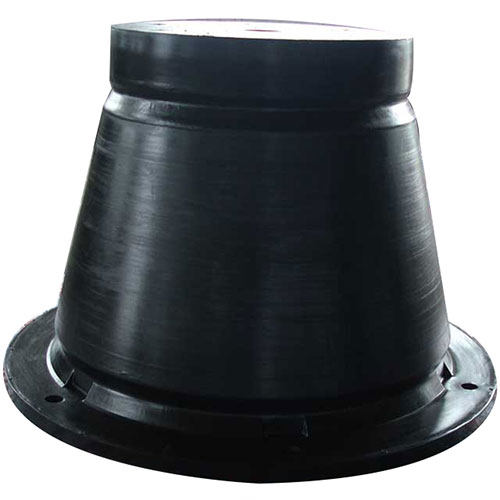
Foam Rubber Fenders
Because they are lightweight and absorb stress well, foam rubber fenders are typically utilized in smaller applications such as recreational boats.
The suitable sort of fender is determined by parameters such as the vessel’s size and weight, the ambient circumstances, the estimated impact energy, and so on.
What Are The Factors Should Be Considered For The Selection And Design Of Rubber Fenders
The suitable type of rubber fender is determined by parameters such as the vessel’s size and weight, the ambient circumstances, the estimated impact energy, and so on.
Energy Absorption
The ability of the fender to absorb energy is a critical factor in determining its effectiveness. The amount of energy that a fender can absorb is dependent on its type, size, and shape.
Reaction Force
A fender’s response force is the force it exerts on a vessel or structure during an impact. This force must be carefully balanced to protect the vessel or structure while not damaging the fender.
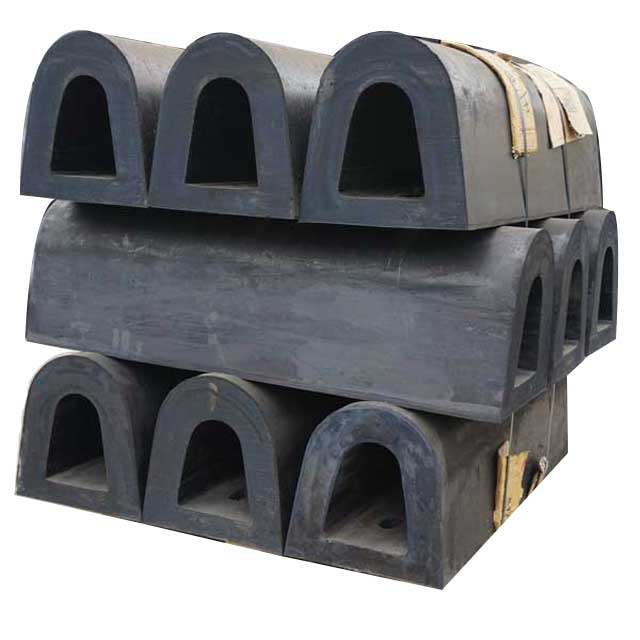
Type of Vessel
The type and size of the vessel with which the fender will be utilized are critical considerations. The suitable fender will be determined by the vessel’s weight, speed, and draught.
Environmental Factors
The environment in which the fender will be used must also be taken into account. Wind, waves, and water levels can all have an impact on the fender’s performance.
Following consideration of these factors, the proper type of marine rubber fender can be selected and designed.
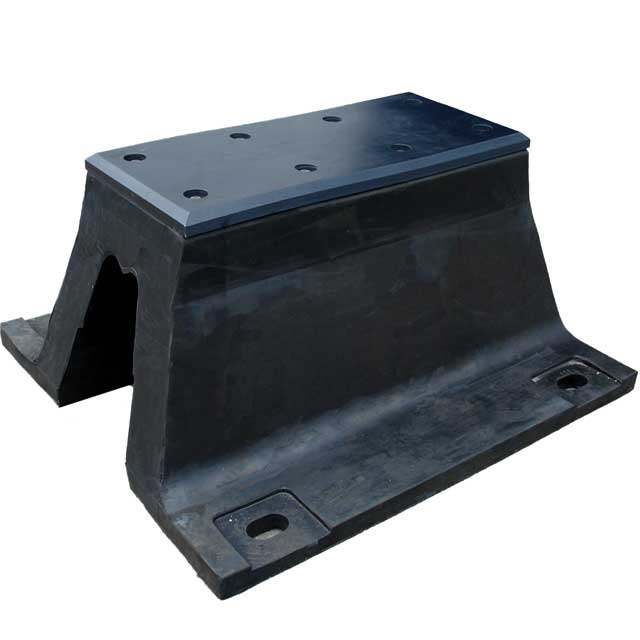
What Should Be Done For The Maintenance Of Rubber Fenders
Rubber fenders must be properly maintained to ensure their continued efficacy and endurance. Here are some rubber fender maintenance tips.
Regular Inspection
Regularly inspect the fenders for signs of wear and tear such as cracks, punctures, or deformations. Examine the chain and shackles that connect the fenders to the vessel or structure for signs of wear and tear.
Cleaning
Cleaning the fenders on a regular basis will help to eliminate dirt, grime, and other debris that may have accumulated on the surface. To avoid harming the rubber, use a light soap or detergent and a gentle brush or cloth.
Lubrication
Lubricate the chain and shackles with an appropriate lubricant to prevent corrosion and maintain good operation.
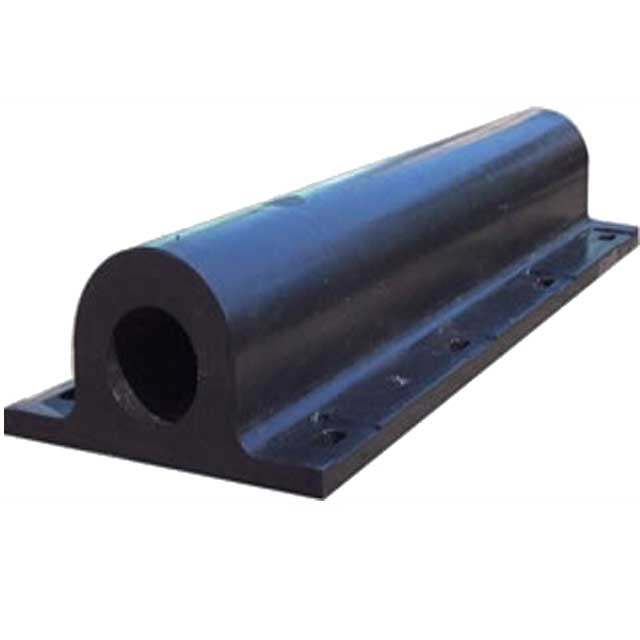
Storage
When not in use, keep the fenders in a cold, dry area. Keep them away from bright sunshine and harsh temperatures, which can degrade the rubber.
Testing
Test the fenders on a regular basis to ensure that they can still absorb the needed amount of energy. This can be accomplished by impact testing or by measuring fender compression.
Repair or Replacement
Repair or replace the fender if damage is discovered. Damaged fenders should not be used because they may not provide appropriate protection and may fail after a collision.


